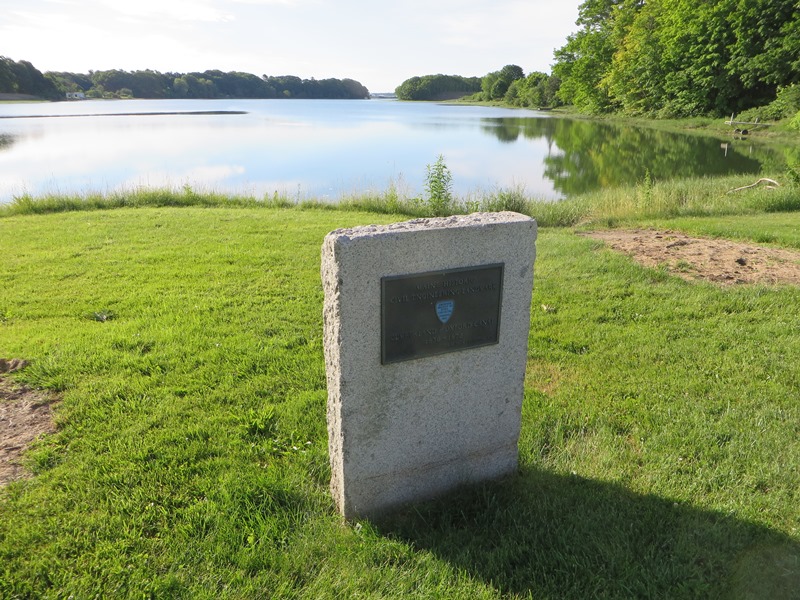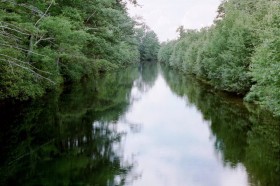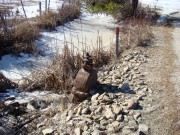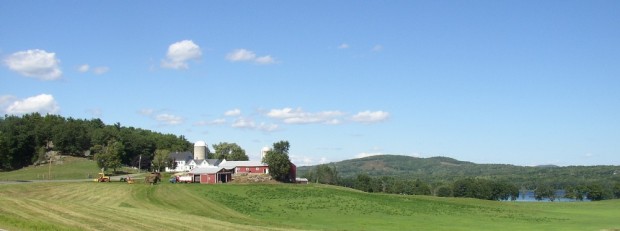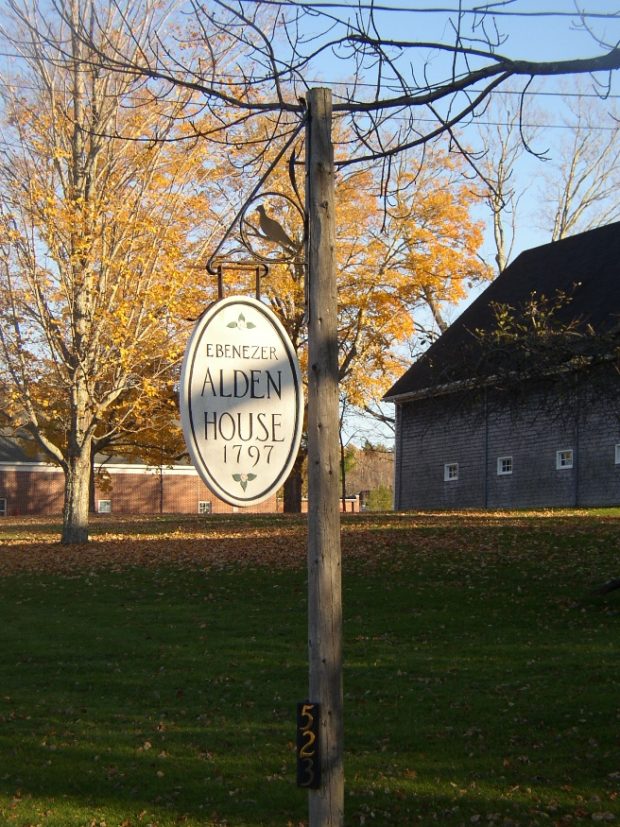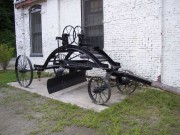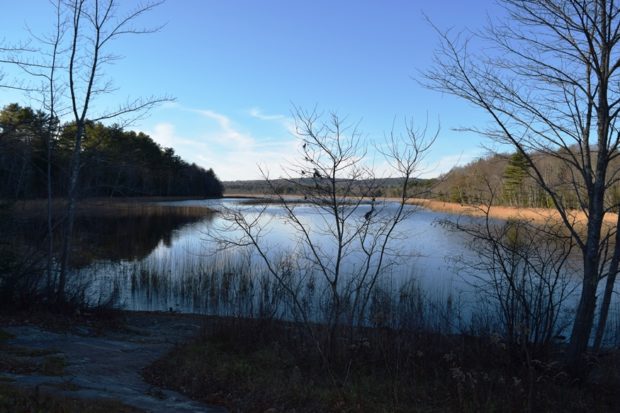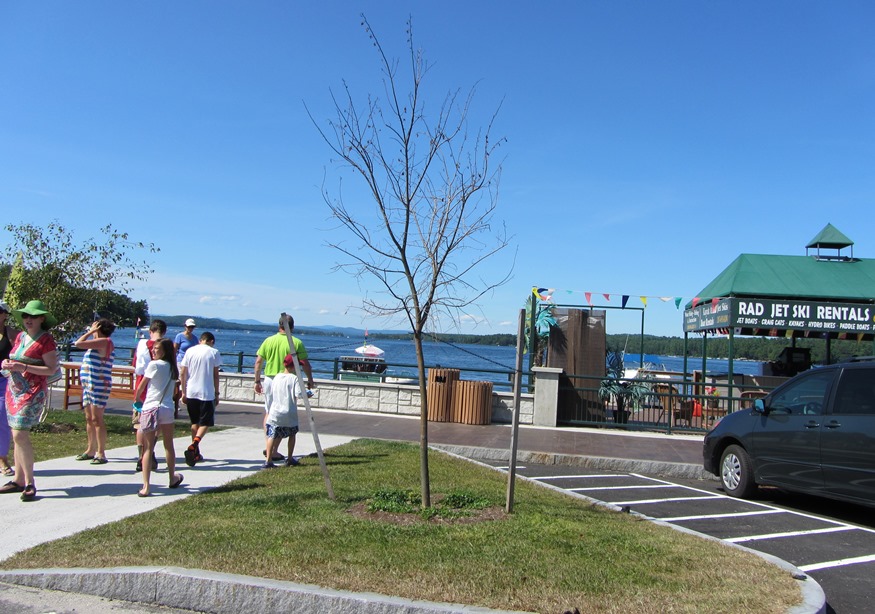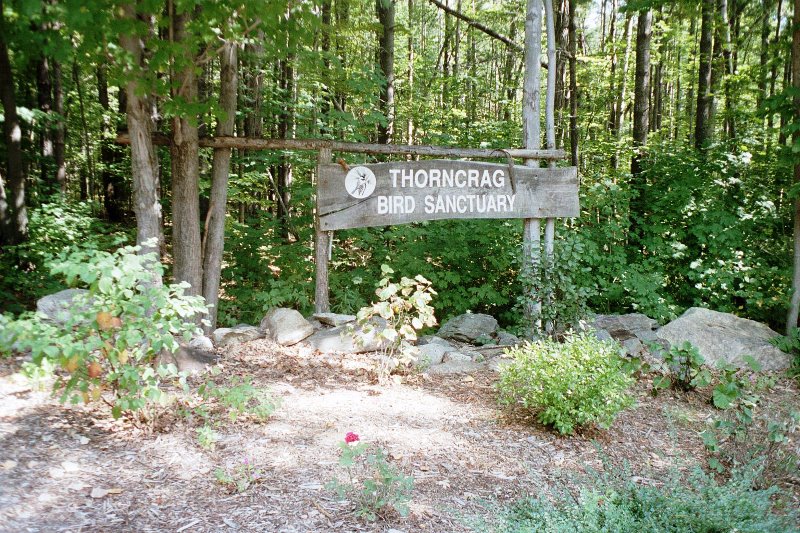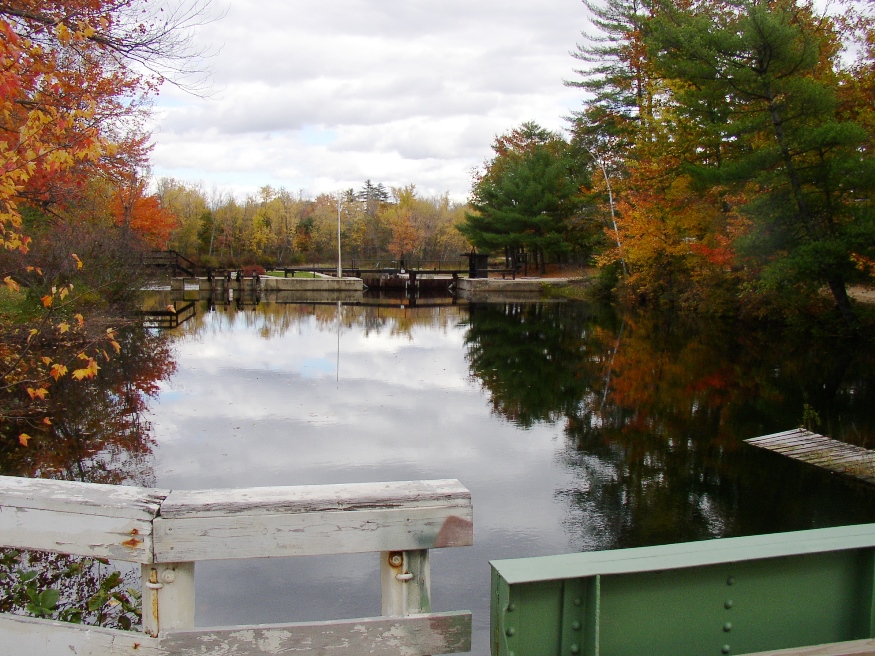Lewiston Historic Register

National Register of Historic Places – Listings – Lewiston Photos by James Henderson, and edited text are from nominations to the National Register of Historic Places researched by Maine. Historic Preservation Commission. Full text and National Register photos are at https://npgallery.nps.gov/nrhp Androscoggin Mill Block [269-271 Park Street] Due primarily to demands for an increasing labor…


